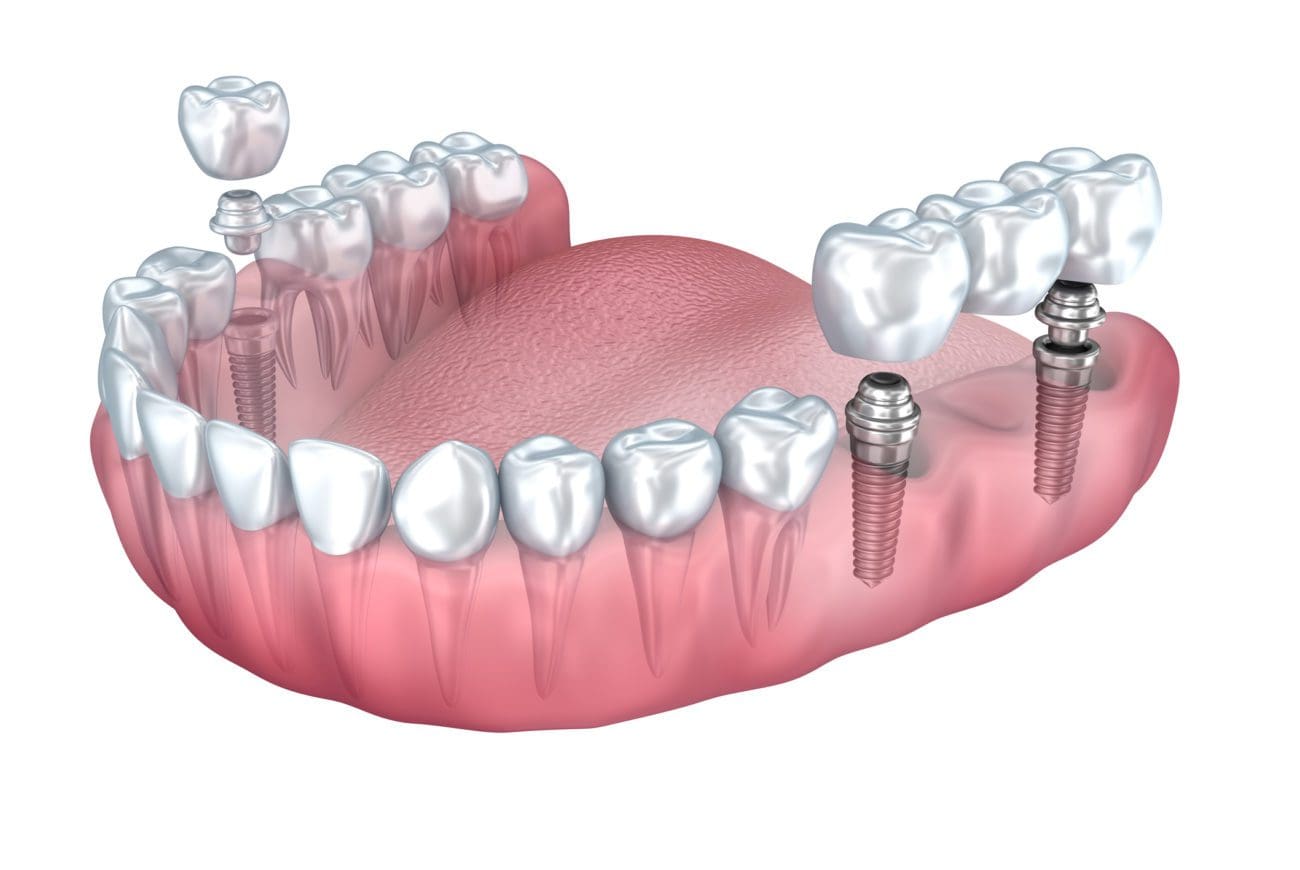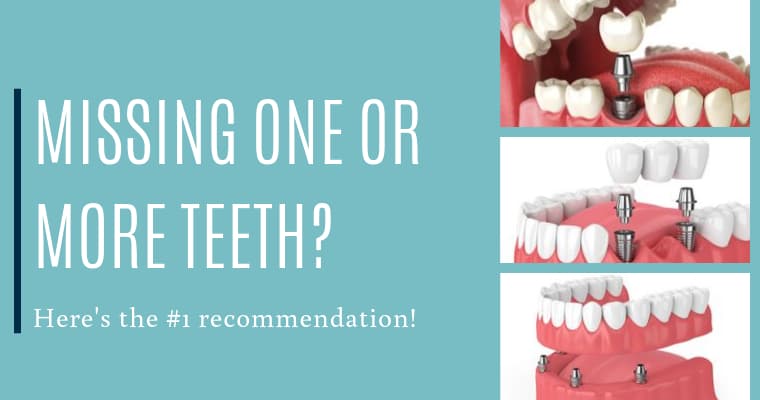The Definitive Guide for Dental Sense
Dental Sense Can Be Fun For Everyone
Table of ContentsThe 8-Minute Rule for Dental SenseDental Sense Can Be Fun For AnyoneTop Guidelines Of Dental SenseExcitement About Dental Sense
are clinical gadgets operatively implanted into the jaw to restore a person's ability to eat or their look. They provide support for synthetic (fake) teeth, such as crowns, bridges, or dentures. When a tooth is shed as a result of injury or condition, an individual can experience issues such as rapid bone loss, defective speech, or adjustments to eating patterns that result in discomfort.Dental dental implant systems contain a dental implant body and oral implant abutment and may also include a joint addiction screw. Dental implants. The oral implant body is surgically inserted in the jawbone in area of the tooth's origin. The oral implant abutment is usually connected to the implant body by the abutment addiction screw and expands through gum tissues into the mouth to sustain the affixed fabricated teeth
(https://experiment.com/users/dentalsense1)Structure of The Dental Implant System selecting dental implants, speak to your oral supplier regarding the possible benefits and risks, and whether you are a candidate for the treatment. Things to consider: Your overall health is an important consider figuring out whether you are a great candidate for dental implants, how much time it will require to recover, and how much time the dental implant might stay in area.
Smoking cigarettes may impact the healing process and lower the lasting success of the implant. The healing process for the dental implant body may take several months or longer, during which time you generally have a short-lived abutment in area of the tooth. the oral implant procedure: Carefully adhere to the dental health instructions provided to you by your oral company.
Some Known Factual Statements About Dental Sense
Implant failure can cause the need for an additional procedure to deal with or replace the implant system. Restores the ability to chew Recovers aesthetic appearance Helps maintain the jawbone from shrinking as a result of bone loss Preserves the health and wellness of the bordering bone and gum tissues Aids maintain surrounding (neighboring) teeth secure Improves lifestyle Damage to surrounding all-natural teeth throughout dental implant positioning Injury to the surrounding cells during surgery, such as sinus opening Injury during surgical procedure (for instance, crack of bordering jawbone) Poor function, such as feeling like the teeth do not bite with each other typically An experience that the tooth is loose or turning in location resulting from a joint screw loosening Implant body failure (looseness of the implant body) as a result of systemic infection, which may be most likely in clients with unchecked diabetes mellitus as a result of regional infection in bone and periodontals sustaining the dental implant body as a result of delayed healing, which might be most likely in clients that smoke Problem cleaning up the periodontals around the implant, causing bad oral health Unattended click site periodontal illness Post-surgical pins and needles as a result of nerve impingement or damage Always notify healthcare providers and imaging professionals that you have dental implants before any type of magnetic vibration imaging (MRI) or x-ray treatments.
FDA is not conscious of any damaging events reported for MRI or x-ray procedures with oral implants. Dental implants systems are typically constructed from products that comply with international consensus criteria of the International Organization for Standardization (ISO) or ASTM International. These requirements have details of what makes a safe material.

A dental implant is a framework that replaces a missing out on tooth. With screw-like gadgets, the surgeon inserts an implant right into the jawbone, and it acts as an anchor for a fabricated tooth, called a crown. A device called an abutment links the man-made tooth to the oral implant. The crown is custom-made to fit the individual's mouth and match the shade of their teeth.
Dental Sense Can Be Fun For Anyone
Some people are not eligible for oral implant surgery. It is for oral doctors to run on people with: intense illnessuncontrollable metabolic diseasebone or soft cells condition or infectionIf these problems are fixed, a person can have the surgery. In, oral surgeons avoid operating people with: If individuals with any of the above go through dental implant surgical procedure, there is a higher risk of the implant falling short.

Dental implant surgical treatment is an individualized procedure. Provide you time to recover. Affix the post and last crown, bridge or denture.
Next off, your specialist will thoroughly put the dental implant into your jaw. Lastly, your surgeon will rearrange your gums and close the incision with stitches. If your dental implant is near the front of your mouth, your dental practitioner will make a temporary tooth for you to wear until you recover. By doing this, you will not have a space in your smile while you recuperate.
Rumored Buzz on Dental Sense
Your service provider can inform you what to expect in your situation. Throughout the healing phase, your jawbone needs to fuse to the dental implant. This procedure, called osseointegration, is essential for stability and lasting success. This procedure can take anywhere from three to 9 months. In some cases, it might take longer.
Once your implant heals, your dental practitioner can attach the abutment (little adapter message) and your last restoration (crown, bridge or denture). This normally takes regarding one hour to finish and may need a 2nd small surgery. You shouldn't feel any kind of pain during your oral implant treatment due to the fact that your company will utilize medicine to numb your gum tissues.